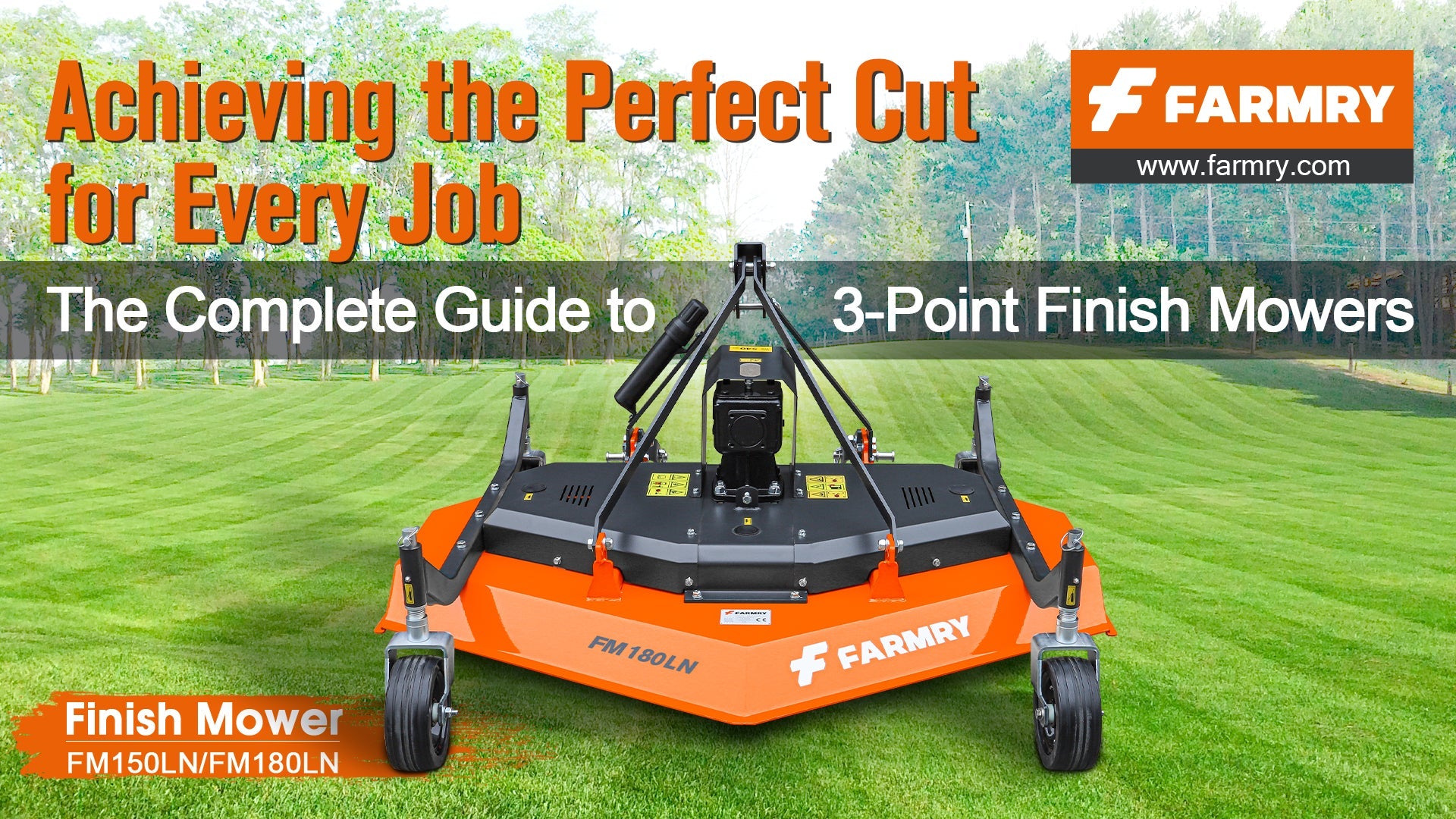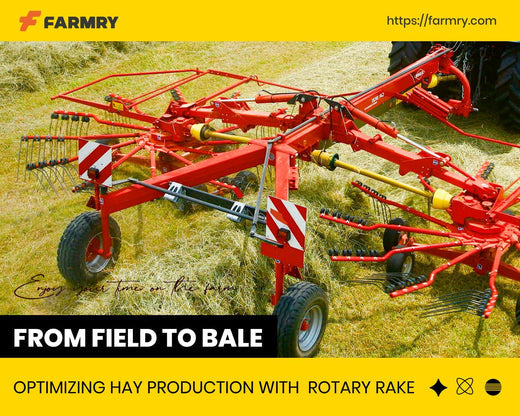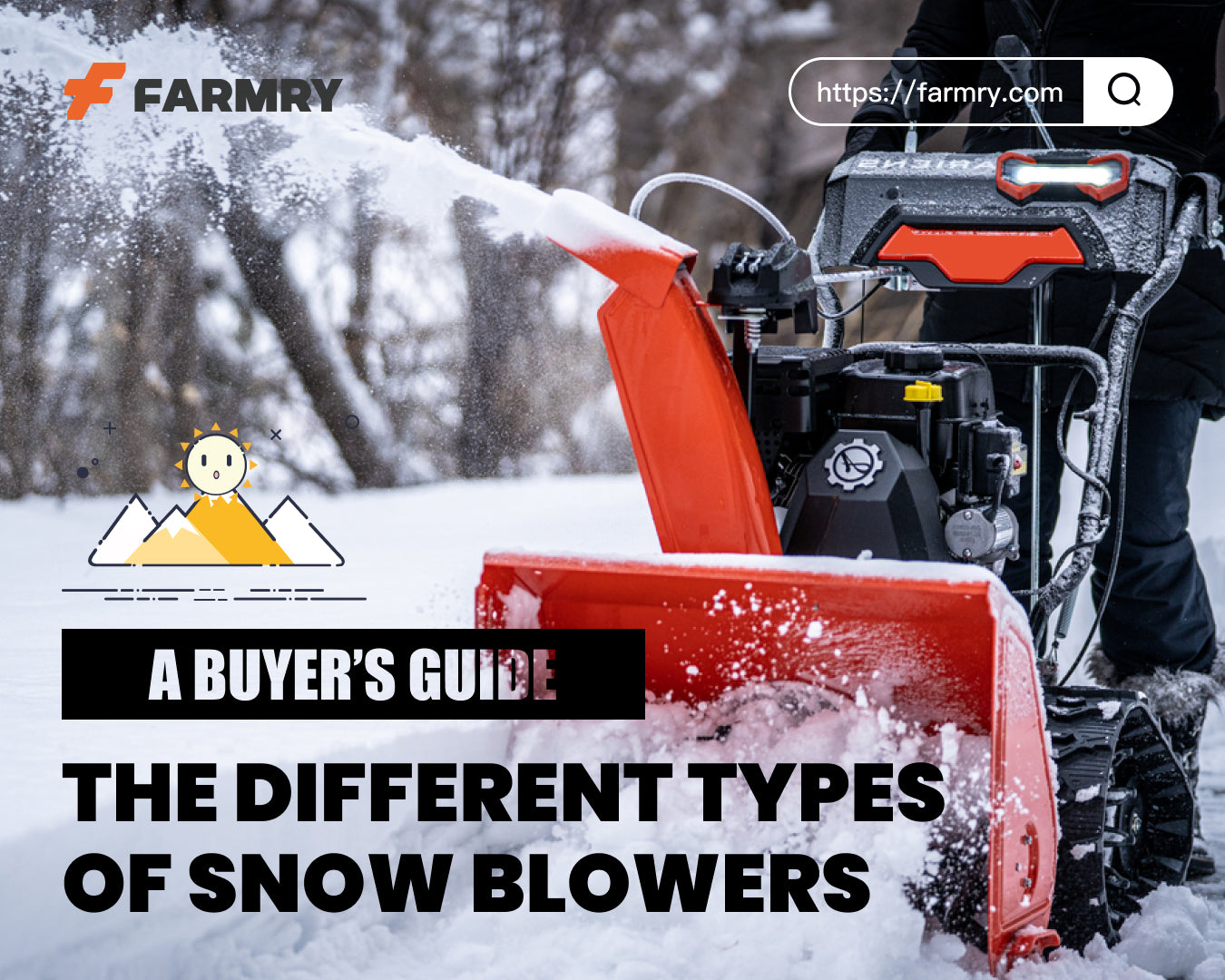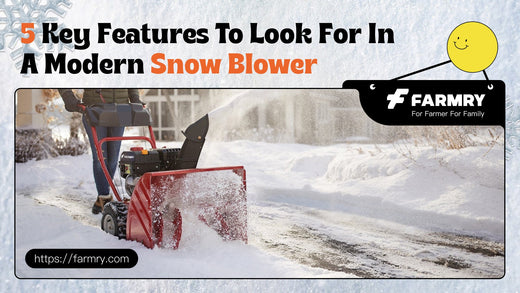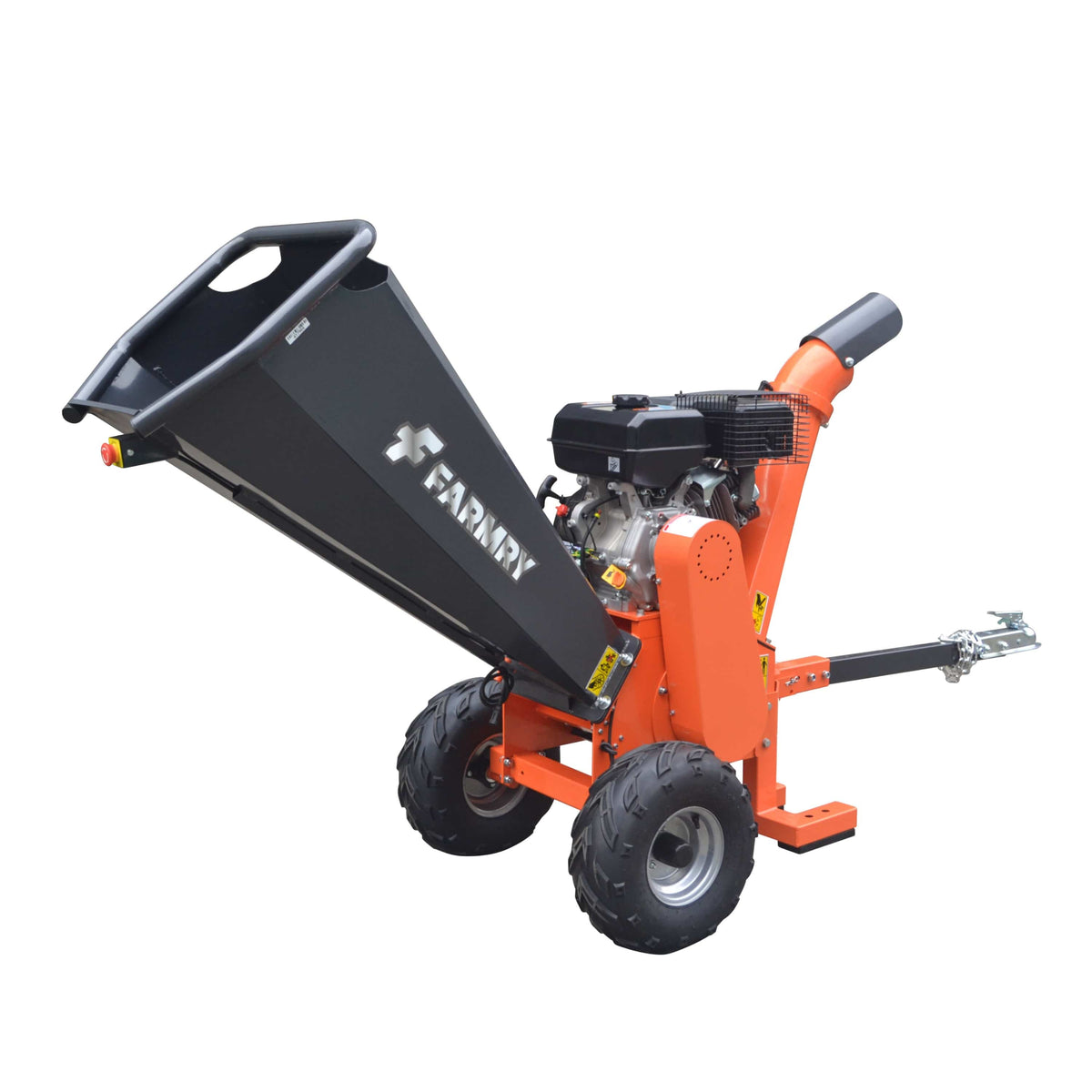A Guide to the Different Types of Flail Mower Blades
 A Guide to the Different Types of Flail Mower Blades
A Guide to the Different Types of Flail Mower Blades
Flail mowers are a favorite among landowners, farmers, municipal crews, and landscapers for their ability to handle everything from grassy areas to rough terrain and overgrown areas filled with heavy debris. One of the most critical aspects of getting top performance from a flail mower is choosing the right flail mower blade types for your mowing conditions.
Whether you’re maintaining smooth lawns, dealing with woody plants, mulching branches, or tackling small brush and weeds, the choice of mower blades can determine cutting quality, blade durability, fuel consumption, and the strain on your machine. This guide will walk you through the different types of flail mower blades, their advantages, and how to make the right choice for your terrain, vegetation, and equipment.
1. Understanding Flail Mowers and Blade Function
A flail mower uses dozens of small blades—often called flails—attached to a rotating rotor powered by a tractor’s PTO (power take-off). Unlike rotary mowers, which spin large horizontal blades, flail mowers rely on the rapid swinging motion of multiple small cutting tools to deliver a clean cut and better safety in heavy debris or uneven ground.
Flail mower blades are typically mounted on shackles or brackets, allowing them to swing backward if they hit hard obstacles like rocks or limbs. This swinging action reduces damage to both the blade and the machine, making flail mowers a good choice for challenging mowing conditions.
2. Main Flail Mower Blade Types
When shopping for flail mower blades, you’ll find several shapes and designs. Each blade type is suited to different vegetation and terrain. The three most common are:
a) Y Blades (Knife Blades)
Also called knife blades, Y blades are shaped like the letter “Y” and are excellent for cutting grass, weeds, and light brush. They slice vegetation cleanly rather than pulverizing it.
Advantages:
-
Smooth operation for grassy areas and lawns.
-
Lower fuel consumption because they are lighter and put less strain on the tractor.
-
Better for clean cut aesthetics in landscaping.
-
Ideal for different mowing conditions that require minimal disturbance to the ground.
Best for:
-
Lawns
-
Orchards
-
Parks
-
Light weeds
-
Grass mulch
When to choose Y blades: If you want less strain on your machine, minimal extra strain on the PTO, and a tidy finish, choose Y blades.
b) Hammer Blades (Small Hammers)
Hammer blades—sometimes called small hammers—are heavier, thicker, and more robust. They’re designed to cope with woody plants, limbs, and heavy debris. Instead of slicing like a knife, hammer blades pulverize material into fine mulch.
Advantages:
-
Superior durability for rough terrain and overgrown areas.
-
Can deal with branches, limbs, woody plants, and small brush without chipping easily.
-
Reduces debris size for better mulch.
Best for:
-
Woody vegetation
-
Overgrown areas
-
Brush clearing
-
Heavy debris
-
Pastures with thick weeds
When to choose hammer blades: If your work involves rough terrain, heavy duty clearing, or large amounts of woody plants, choose hammer blades.
c) Scoop or Universal Blades
A less common but versatile option, scoop or universal blades are shaped to work reasonably well in both grassy and brushy conditions. They won’t beat hammer blades for woody debris or Y blades for lawn-like finishes, but they can be a good choice for mixed-use properties.
Advantages:
-
Suitable for both grass and light brush.
-
Reduces need to switch between blade types.
Best for:
-
Mixed vegetation
-
Small farms
-
Rental equipment
3. Several Factors That Affect Blade Choice
When deciding between blade types, your choice depends on multiple mowing conditions and goals:
-
Type of Vegetation
-
Grass and light weeds → Y blades
-
Woody plants and branches → Hammer blades
-
Mixed → Scoop or universal blades
-
-
Terrain
-
Smooth operation is essential for lawns and fields.
-
Rough terrain calls for heavy-duty hammer blades to avoid chipping.
-
-
Performance vs. Fuel Consumption
-
Lighter knife blades use less fuel and cause less strain on the machine.
-
Heavier hammers may require more fuel but can cope with challenging jobs.
-
-
Blade Durability
-
Frequent replacement of cheap blades costs more long-term.
-
Hardened steel hammer blades offer longer life in abrasive conditions.
-
-
Safety & Debris Control
-
Flails throw less debris than rotary mowers, but right choice of blade reduces hazard risk.
-
Hammer blades are safer around hidden rocks since they deflect rather than shatter.
-
4. Comparing Flail Mowers to Rotary Mowers
While rotary mowers are popular for open grass cutting, they struggle with heavy debris, limbs, and uneven ground. Flail mowers excel because:
-
The blades are attached to the rotor individually, reducing damage.
-
They can deal with rough terrain and overgrown areas.
-
The mulch produced helps nourish the soil and control erosion.
5. Persona-Based Blade Recommendations
Based on common U.S. market personas:
|
Persona |
Recommended Blade Type |
Reason |
|---|---|---|
|
Hobby Farmer |
Y Blades |
Low strain, clean cut for grass and light weeds |
|
Landscaping Contractor |
Y Blades / Scoop |
Professional finish, versatile |
|
Municipal Grounds |
Hammer Blades |
Durability, debris handling |
|
Orchard Operator |
Y Blades |
Clean cut, minimal bark damage |
|
Cattle Rancher |
Hammer Blades |
Pulverizes weeds, manure management |
|
Highway Maintenance |
Hammer Blades |
Handles woody debris and branches |
|
Golf Superintendent |
Y Blades |
Fine turf finish |
|
Erosion Control |
Hammer Blades |
Mulching thick vegetation |
|
Property Maintenance |
Scoop Blades |
Mixed-use convenience |
|
Rental Business |
Scoop / Hammer |
Durability and user-friendliness |
6. Maintenance Tips for Flail Mower Blades
Proper maintenance ensures durability and optimal performance:
-
Inspect regularly for chips, cracks, and wear.
-
Replace blades in sets to maintain rotor balance.
-
Verify correct torque when reattaching.
-
Keep knives sharp for efficient cutting.
-
Avoid mowing over large rocks to prevent damage.
-
Check rotor and PTO for extra strain signs.
7. Safety Considerations
When using flail mowers:
-
Ensure the machine is properly mounted and attached to the tractor.
-
Always shut down the PTO before making adjustments.
-
Wear protective gear to guard against unexpected debris.
-
Keep bystanders at a safe distance.
8. Final Thoughts
Choosing the right flail mower blade types is essential for matching your mowing conditions, terrain, and vegetation. Whether you choose hammer blades for rough terrain and woody plants, or choose Y blades for grassy areas and smooth operation, your choice depends on balancing performance, durability, and fuel efficiency.
A well-chosen blade will not only produce a clean cut but will also reduce extra strain on your equipment, extend blade durability, and make mowing safer and more enjoyable. Always verify that your selected blade type is suitable for your terrain, and keep your mower blades well-maintained to get the most from your investment.

